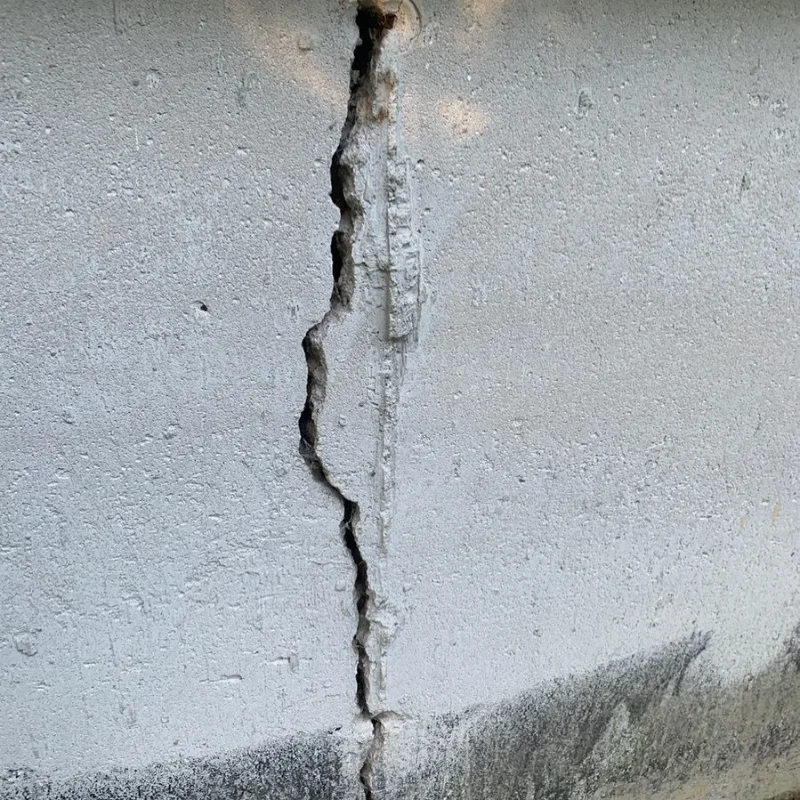
Pioneering Void Filling Methods: Strengthening Construction across Oregon and Idaho
In the states of Oregon and Idaho, the adoption of state-of-the-art void-filling technologies is proving crucial within the construction sector. Both states, known for their diverse landscapes ranging from dense forests and rugged mountains to vast agricultural fields, encounter unique ground support challenges. The unique climatic variations, from Oregon’s moist and temperate coastal areas to the arid and chillier landscapes of Idaho, demand effective and durable approaches for addressing soil stabilization and compaction challenges. Advanced void-filling techniques are, therefore, indispensable not only for addressing immediate construction requirements but also for guaranteeing the long-term durability and safety of infrastructure within these diverse settings.
Ground Reinforcement Innovations: Adapting to the Unique Environments of Oregon and Idaho
Examining wider ground reinforcement strategies employed across Oregon and Idaho, especially those tailored to the states’ varied topographies and climates, offers valuable lessons. Both regions are recognized for their use of resilient, adaptable materials, such as polymer-based fillers, which are particularly suitable for their environmental conditions. Moreover, a shared commitment to sustainable and environmentally conscious construction practices in these states offers further insights for enhancing construction methodologies. Adopting such practices can lead to the development of more secure, sustainable, and efficient construction processes.
Challenges and Growth Prospects in the Void Filling Industry of Oregon and Idaho
The void-filling sector in Oregon and Idaho faces several challenges, including the need to align with evolving environmental standards and the high costs associated with cutting-edge technologies. Nonetheless, these challenges also open doors to numerous growth and innovation opportunities. By focusing on research and development, the states can identify new, environmentally friendly materials and methods that are both cost-effective and suited to their specific climates. Collaborations with academic institutions and industry specialists can foster the creation of bespoke solutions. There’s also a significant opportunity to enhance local professional skills through dedicated training programs, ensuring the workforce is equipped to apply these sophisticated techniques effectively.
In Oregon and Idaho, the integration of modern void-filling methods into the construction industry reflects a strong commitment to safeguarding infrastructure’s integrity and longevity. As both states continue to evolve, the necessity for these advanced construction techniques will increasingly become a cornerstone for building a resilient and sustainable architectural future. Prioritizing innovation and tailoring approaches to the unique environmental demands of these regions will be crucial for addressing the future construction needs of these dynamic communities.
FAQs on Void Filling and Ground Support in Oregon and Idaho
What advantages do contemporary void-filling techniques offer in Oregon and Idaho’s construction sectors?
Advanced void-filling methods enhance structural stability, offer adaptability to diverse environmental conditions, promote sustainability, and improve construction efficiency.
How do the climates in Oregon and Idaho influence ground reinforcement requirements?
The varied climates, from Oregon’s wet conditions to Idaho’s dry regions, necessitate robust ground reinforcement and void filling to maintain structural integrity.
What lessons can be learned from Oregon and Idaho’s approach to ground reinforcement?
The adoption of flexible, durable materials and a focus on eco-friendly construction practices are key takeaways.
What are the primary challenges in the void-filling industry within these states?
Adapting to environmental regulations, managing advanced technology costs, and ensuring comprehensive workforce training are major challenges.
Where does the potential for innovation lie in Oregon and Idaho’s ground support sector?
Innovation potential includes researching new materials and methods, fostering academic and industry collaborations, and focusing on developing local expertise through workforce training.